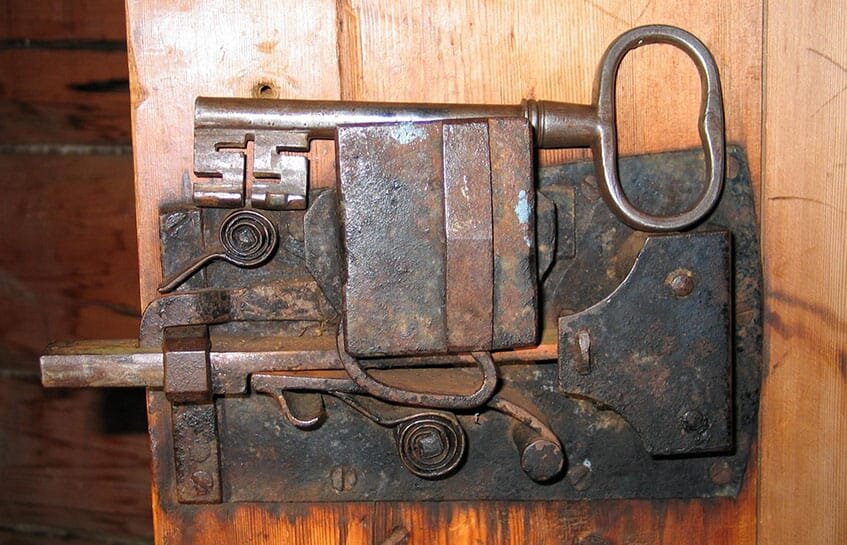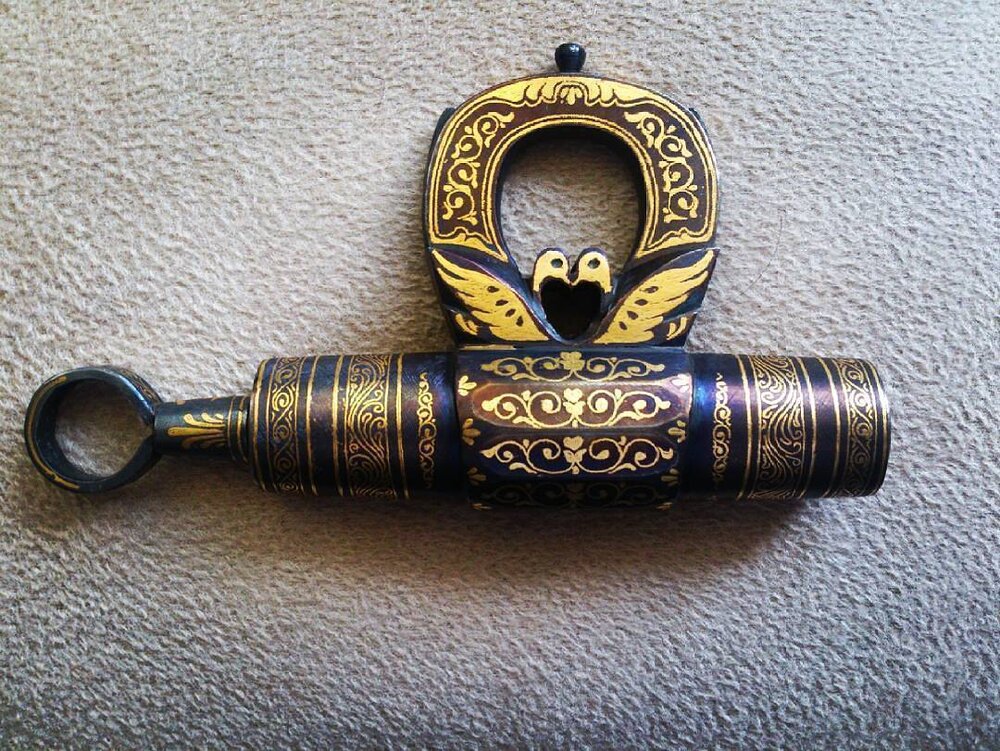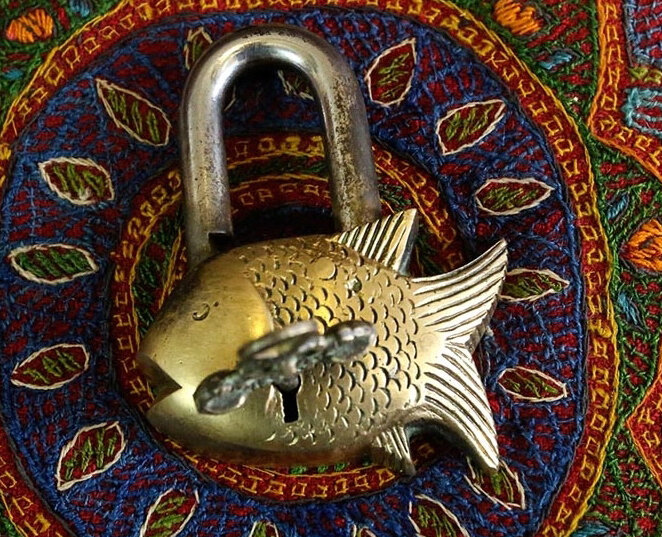Iran (IMNA) - According to local people of this city, one of the elders of Chaleshtar named Khajeh Abdollah Nasr went to Isfahan in his childhood where he learned the art - craft of locksmithing from the great master of weaponry named Mohammad Ali Talayi. He then returned to Chaleshtar and invented the unique padlock of this city. In Chaharmahal and Bakhtiar the padlocks were more used as means of protection of objects such as saddlebags or Namakdan (a kind of handmade satchel). In addition to protection, people used some padlocks as talismans.

They believed their prayers would be answered if they latched padlocks to holy shrines. And sometimes they locked them as thanks to an answered prayer. In some cases, specially designed padlocks were ordered by the rulers. They were ornated by the name of God and holy Imams. One example is the padlock on the door of Kaaba. It was made by Haj Abdolvahab Riyahi Chaleshtari (of Chaleshtar) in Mecca.
One kind of these padlocks highlights the cultural aspect and the belief of people. They are called “Ghofl-e Kamar”. Another kind, Bakhoo, was made to lock the mules to stop them from scattering. Today traditional padlocks of Chaleshtar are made in small sizes and as jewelry such as necklaces.

A typical Chaleshtar padlock consists of 13 parts named Toopeh (the body), Do Payeh, Dasteh (handle), Mikh (nail), Tah Ghofl (base), Tablak, Dari, Fanar (spring), Zabaneh, Marpich, Washer, Masoureh and Dari Masoureh. All of them are handmade. The key has four parts: Dasteh (handle), Varband, Masoureh and Marpich. Each key has its own unique padlock and cannot be used to unlock another. That is why the keys turn either clockwise or counter-clockwise. The padlocks are usually made of copper, iron, brass, and iron cast.

Visitiran


Your Comment